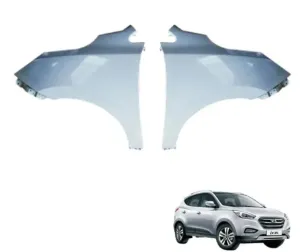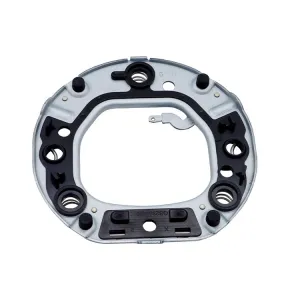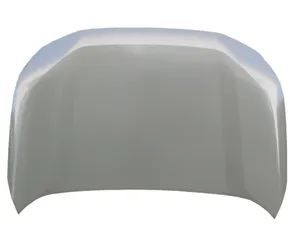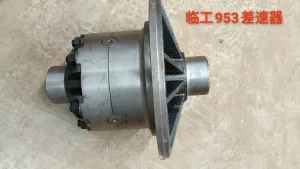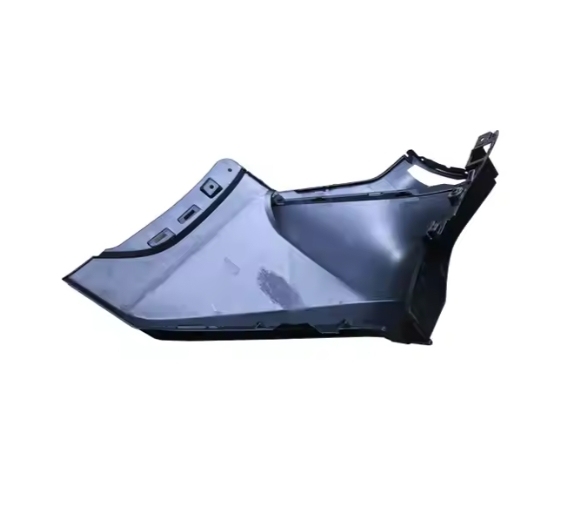Q
what are storm chaser vehicles made of
Providing critical insights into the ups and downs of the oil and gas industry, with an eye on the future.
Storm chaser vehicles are typically made of the same materials as standard vehicles (steel, aluminum, plastic, etc.), but are often equipped or modified with additional components for safety and functionality reasons.
Some storm chasers use heavily modified vehicles known as "Tornado Intercept Vehicles" (TIV). These vehicles might have additions like exterior armor plating made from materials such as Kevlar or AR500 steel to protect against hail and debris, hydraulic systems to lower the vehicle to the ground to prevent wind from getting underneath, and bullet-resistant polycarbonate windows.
The interior often includes reinforced roll cages for extra protection. In terms of equipment, they would have advanced GPS systems, weather data collecting instruments such as anemometers and barometers, and often high-tech camera equipment for filming.
It's important to note that not every storm chaser vehicle has these modifications. Many storm chasers use standard SUVs or trucks, sometimes with minor modifications such as hail guards and extra communication or navigation equipment.
You May Like
Power washing your engine can help remove grime and improve performance, but it's essential to do it safely to avoid damage. Firstly, ensure the engine is cool and disconnect the battery to prevent electrical issues. Cover sensitive components like the alternator, distributor, and any open filters or intakes with plastic bags. Fill a power washer with a suitable degreaser solution, and set it to a moderate pressure to avoid forcing water into seals or sensitive areas. Start from the top of the engine, working your way down, allowing the degreaser to penetrate grime before rinsing thoroughly with water. After washing, remove any protective coverings and reconnect the battery. Start the engine to dry it, and consider applying a protectant on rubber or silicone components to prevent drying out. Remember, while power washing can be effective, it's crucial to proceed with caution to prevent any unintended damage to your engine.
Attempting to permanently disconnect or disable the Check Engine Light (CEL) is not recommended. The CEL serves as an essential warning system, indicating issues ranging from minor faults, like a loose gas cap, to serious engine problems that could lead to costly repairs or catastrophic failure if ignored. Moreover, tampering with the vehicle's emission control system, which includes the light itself, is illegal in many regions and can result in failed emissions tests, legal penalties, and potentially voiding your vehicle’s warranty. A responsible and legal approach to addressing a persistent check engine light is to diagnose and repair the underlying problem. This often involves using an OBD-II scanner to read the engine codes and undertaking the necessary repairs or maintenance. Ignoring or masking the light not only overlooks potential hazards but may also lead to more significant vehicle damage over time, impacting safety and resale value.
Rocket engines used for maneuvering, especially in space, are often classified as Reaction Control Systems (RCS). These systems utilize smaller, thruster-specific engines designed to provide attitude control and fine adjustments to a spacecraft's orientation or trajectory. Unlike the large main engines designed for launch or major orbital changes, RCS engines deliver short, controlled bursts of thrust in any direction needed. They typically use hypergolic propellants, which ignite on contact and allow for immediate response, crucial for precise maneuvers. Hydrogen peroxide or cold gas thrusters are also employed, especially in applications requiring less force. This versatility is essential for docking, orientation adjustments, or avoiding space debris, enhancing a spacecraft's operational flexibility and safety.
You May Like
Q&A
- •has hyundai fixed their engine problems
- •how to reset engine coolant temperature sensor
- •how to balance tyres at home
- •what causes engine mounts to break
- •what does low engine power mean
Popular Information



